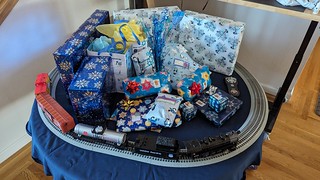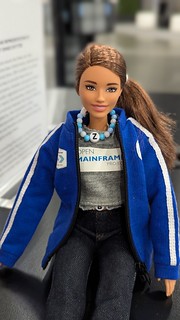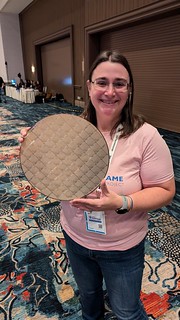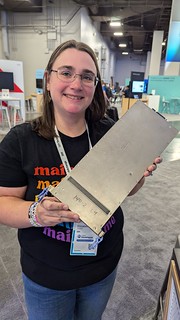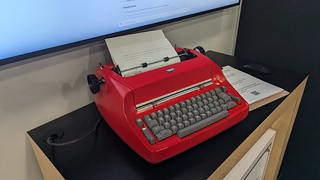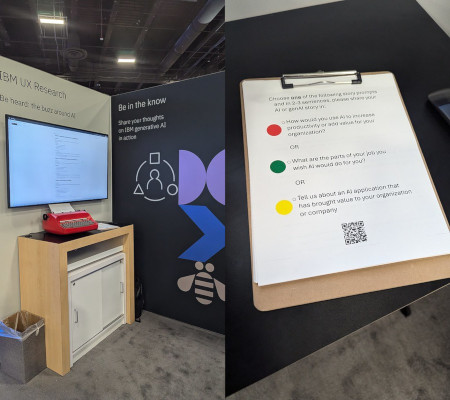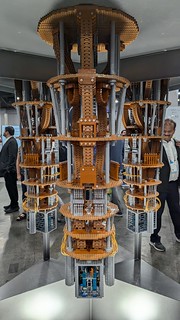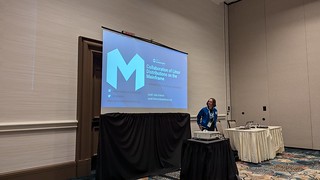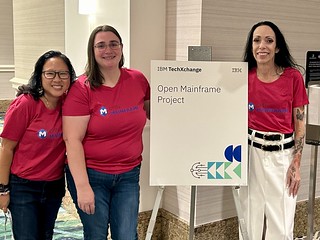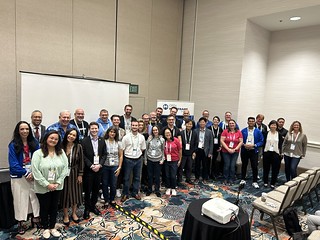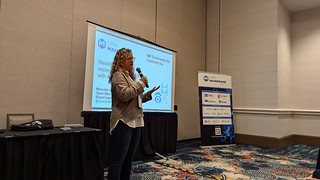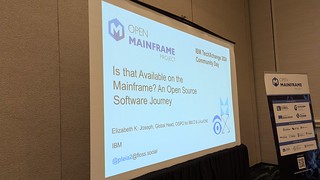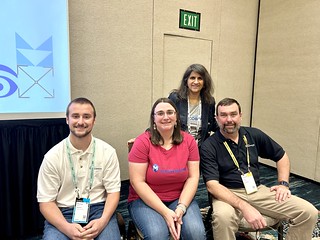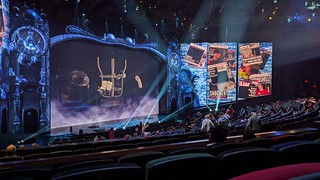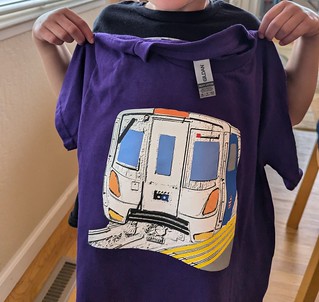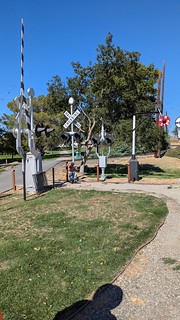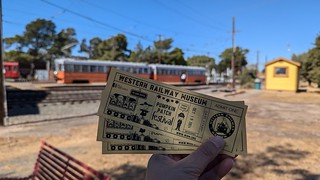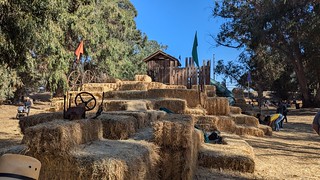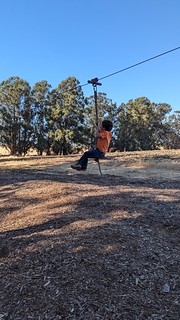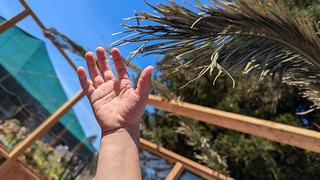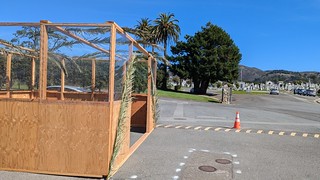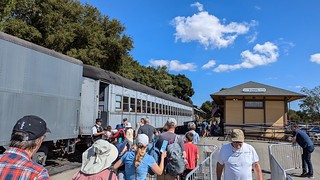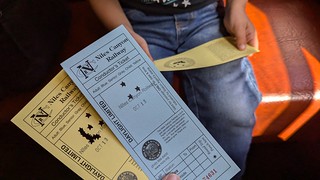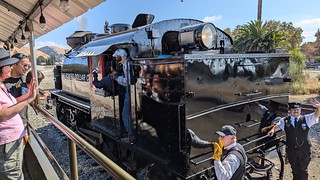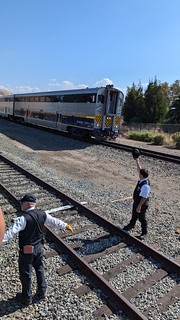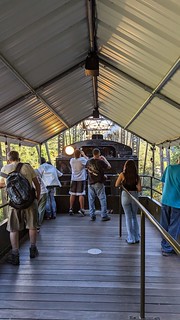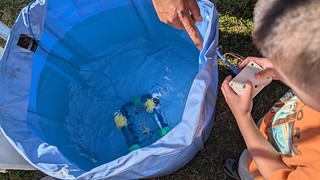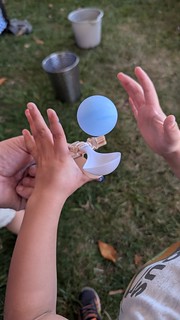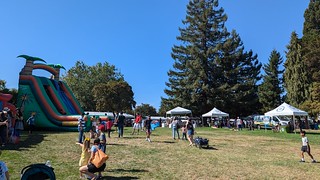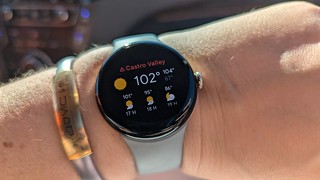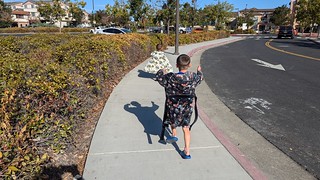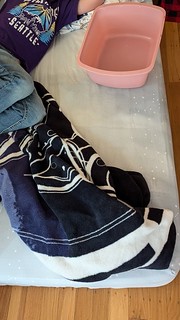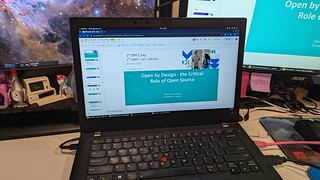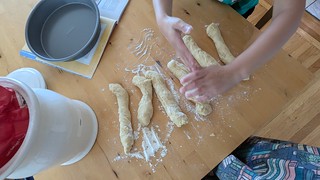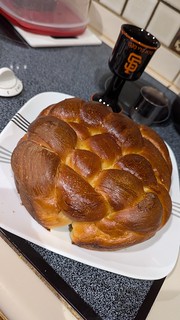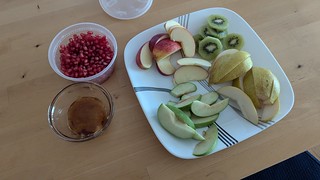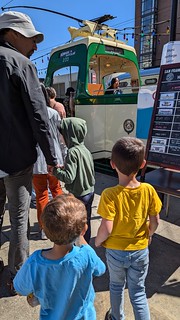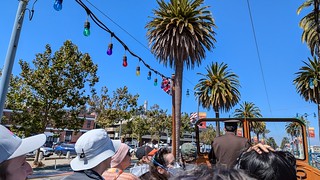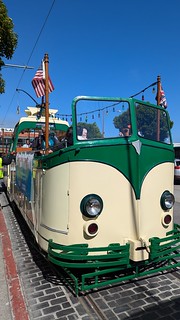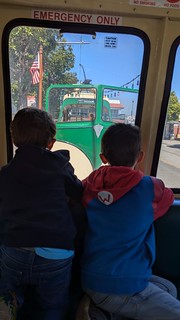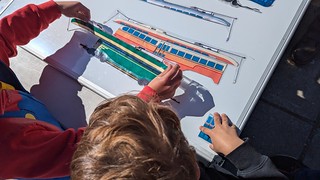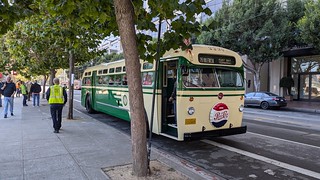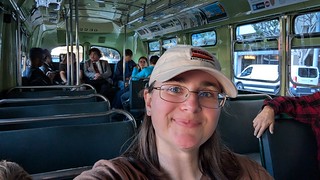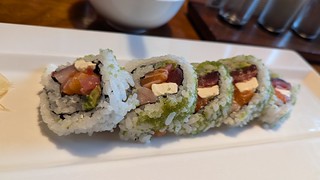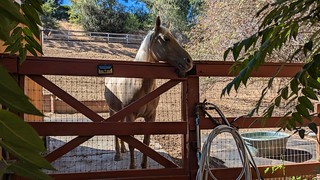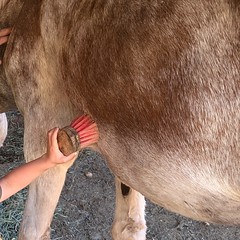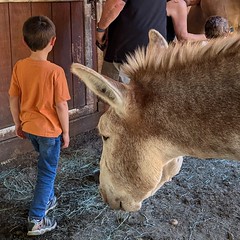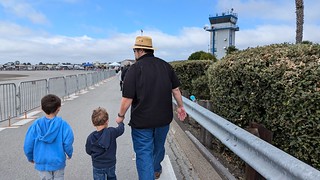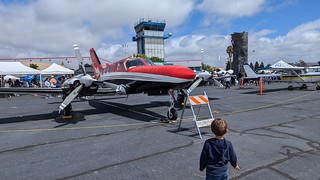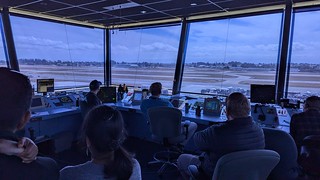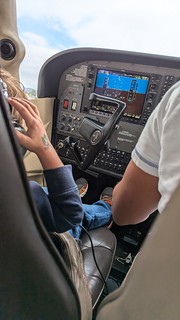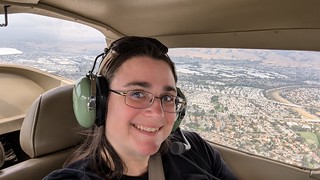I talk a lot about our big weekend adventures, but what do people get up to with their pre-school and elementary kiddos on weekday evenings?
Activities with kids is one of those topics that I wasn’t prepared for at all as a parent. I quickly discovered that my own after-work hobbies are largely incompatible with small kids. There’s also the unexpected mental load of managing what we’ll do every evening, because if I ask them, they’ll likely reply with some grand adventure and a desire for cheeseburgers. So, every day, I think things to do and evaluate my energy level to make sure the options won’t cause additional stress. Once I have my list, I can give the kids something to choose when I take over from our au pair at 4PM.
This may seem like I’m giving myself too much work by being so prescriptive about this (“just let them play!” “when I was a kid I didn’t come home until sunset!”), so I’ll start out by saying “just play!” is definitely something that lands on my list. But overall if we don’t have plans to choose from it’s a whole night of me telling them “no” to whatever complicated thing they want to do, which is dreadful for everyone. And they’re only 3 and 5 years old, things will loosen up as they get older. Besides, it’s great bonding time, I am grateful for the ability to have so much time with them and if we can go on grand adventures in the evening, we will!
Loosely, this is our evening schedule:
- 4 – 5:30PM: Activities
- 5:30 – 6:30PM: Make and eat dinner
- 6:30 – 7:15PM: Wind down activities, no screens (too close to bedtime)
- 7:15 – 8PM: Bedtime routine
Here’s what I’ve come up with:
- Just play! They have lots of toys and free play is so important to development that they use their imagination
- Play outside: bikes, drawing with chalk, bubbles, toys
- Outdoor picnic: we even bought little baskets and checkered paper to make it a whole event
- Baking: banana bread! muffins! cupcakes!
- Make mini-pizzas for dinner
- “Pizza party” with a movie downstairs and pizza we order
- Art: either a project I’ve put together, or their ideas
- Play-doh or Kinetic Sand
- Lego construction
- Homework: it’s optional in Kindergarten, so it only really comes up when they’re in the mood
- Puzzles
- Board games
- Chores: they sometimes like helping with dishes, or laundry, or taking out the trash, and I have to do this anyway…
- House organization: they love seeing all the junk I can pull out of our closets and discovering new treasures
- Limited computer tinkering: I have to be very careful, but Adam sat by while I replaced a failed harddrive in my desktop recently
- Holiday decorating: Outside hanging lights, putting decorations in windows and around the house
- Errands: Grocery store, bank, Target runs (via BART)
- Dinner at the mall (via BART)
- Go out to a playground
- Gardening: water plants, weed lawn, plant new plants/seeds
- Kitchen science experiments: So much baking soda
- Lots of TV (good for when I’m sick, tired, or just can’t even, hah!)
This massive list was an evolution that started with nothing. There were several Google searches around things to do with kids, and then we had to tailor it to what our kids actually like. But we never spent much time around kids before having our own, so it’s all been a learning experience. Plus, these are pandemic kids, we couldn’t leave the house for two and a half years and had to get creative. No play groups, no library activities, nothing that I would have normally hooked into to keep the kids engaged with the world.
To help sort through this and make the kids less anxious about “what are we going to do?” we have a physical visual schedule that they can operate themselves by picking out pictures from the options I provide. We implemented the visual schedule over the summer to help bring some structure to their days so they knew what to expect, but it works brilliantly for evenings and weekends now that they’re back in school.
Still, as much as I value this time together and these activities, I miss my old hobbies and I’m an introvert who needs recharging time. A while back we decided to get a babysitter once a week so I could spend the evening on whatever I want, without parenting responsibilities. Unfortunately, we got busy, things came up, and I didn’t make an effort to prioritize these nights, and so they didn’t happen. I think I was getting a little burnt out over the summer after some rounds of sickness through the house and some extra things on my domestic plate. Lyz nights had to make a return! And this time, with a priority flag. I started taking them in early September.
I spent my first Tuesday just relaxing in the back yard in the hammock and some TV on my tablet. Another evening on my own I went out to the local one-screen theater in town and saw Beetlejuice 2 and then went out for sushi at our favorite local place.
Our local library is open until 8PM on Tuesdays, so that’s a nice place to spend time at if I’m just looking for a quiet place away from home to read for a little bit, which I often am. Last night I spent playing a Wallace and Gromit game on my Meta Quest 2, which I hadn’t touched in months! It needed updates and the controllers needed new batteries, hah. I then watched a little TV and picked up some pizza from The Slice House, which recently opened in town.
I expect to do some grander adventures in the future outside of town and with friends, but again, we’ve all been reeling from a series of colds and I’m putting a higher value on rest right now. Most importantly, having this time to myself allows me to look forward to tackling projects or just taking a break from the weight of responsibility that parenthood has brought. And this break allows me to recharge a little bit more, and be my best self for my family.


